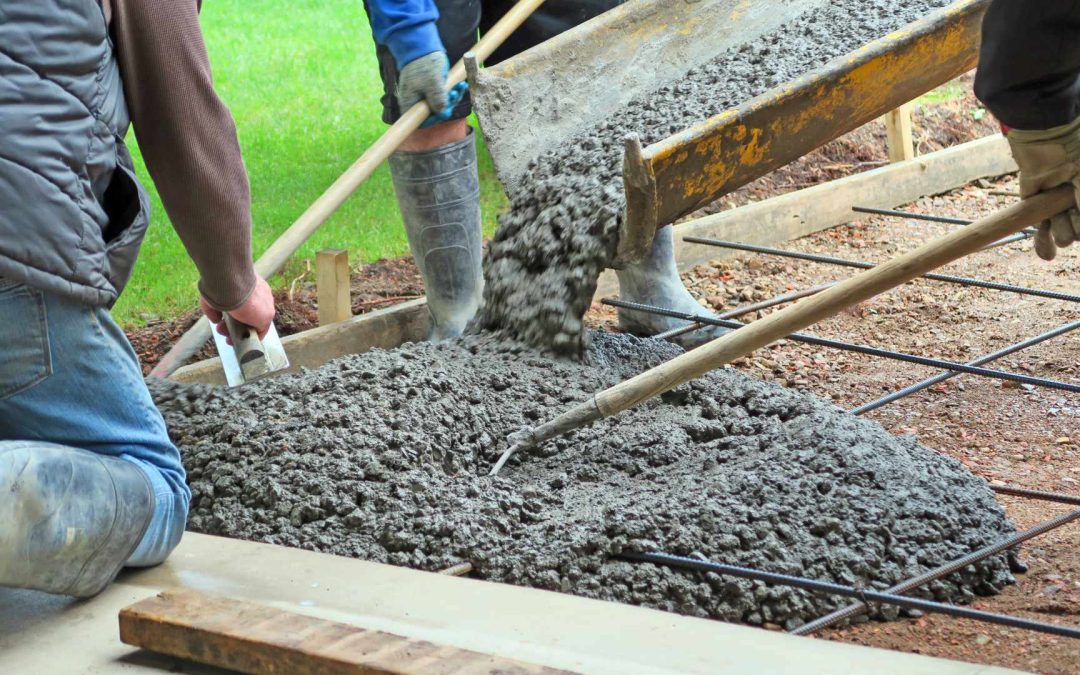Concrete is one of the world’s most commonly used building materials due to its incredible strength, durability, and cost-effectiveness. However, over time, even concrete can become damaged or weakened. If a concrete structure or surface becomes damaged, it can severely impact the structure’s integrity, leading to costly repairs and potential safety risks. Thankfully, there are several methods available for repairing damaged concrete. Depending on the severity of the damage and your budget, you can choose from patching or resurfacing procedures to restore your concrete surface.
The first step when repairing damaged concrete is to determine the cause of the damage and make any necessary repairs before deciding on a patching method. If the damage was caused by freezing temperatures or moisture problems such as condensation or water penetration, these issues should be fixed before attempting any repair work. Additionally, suppose any significant structural damage is present such as cracks or spalling (when part of the material flakes away). In that case, that should also be addressed before performing any patching work.
Once you’ve identified and addressed all underlying issues causing the problem with your concrete, it’s time to consider which patching method might be best for your situation. Patching typically involves filling holes in concrete with an appropriate material like mortar mix, grout mix, or cementitious repair material; however, this varies depending on whether you need a structural patch or a cosmetic fix. Structural patches will involve more extensive repair work, such as replacing broken slabs or grinding down uneven areas. Cosmetic fixes may only require minor modifications, like filling small cracks with caulk or sealant and resurfacing larger areas with products like stucco mixes or acrylic bonding agents.
When selecting a patching material for your repair job, it’s essential to choose one designed specifically for use with concrete to have good adhesion qualities and won’t crack once dry. You’ll also want to ensure that you follow all manufacturer’s instructions regarding mix ratio and application techniques so that your repair job lasts as long as possible without needing additional maintenance.
Once you’ve completed all necessary patching work, consider applying an additional sealant coating overtop of newly patched areas to protect them from further wear and tear. Sealants help reduce water absorption in concrete surfaces and provide an extra layer of protection against stains from dirt, debris, and other pests like weeds/grass growing through cracks in driveways/walkways etc. Hence, they’re worth considering when dealing with repaired/damaged surfaces outdoors, especially ones exposed to extreme weather conditions regularly throughout the year.
In conclusion, repairing damaged concrete is never an easy task. Still, it doesn’t have to be overly complicated either – by following simple steps such as determining what caused the issue initially while ensuring adequate preparation beforehand, followed by choosing suitable repair materials tailored towards your specific situation before finally sealing off newly patched areas afterward too; then this will go a long way towards helping ensure successful restoration results in each & every time!

